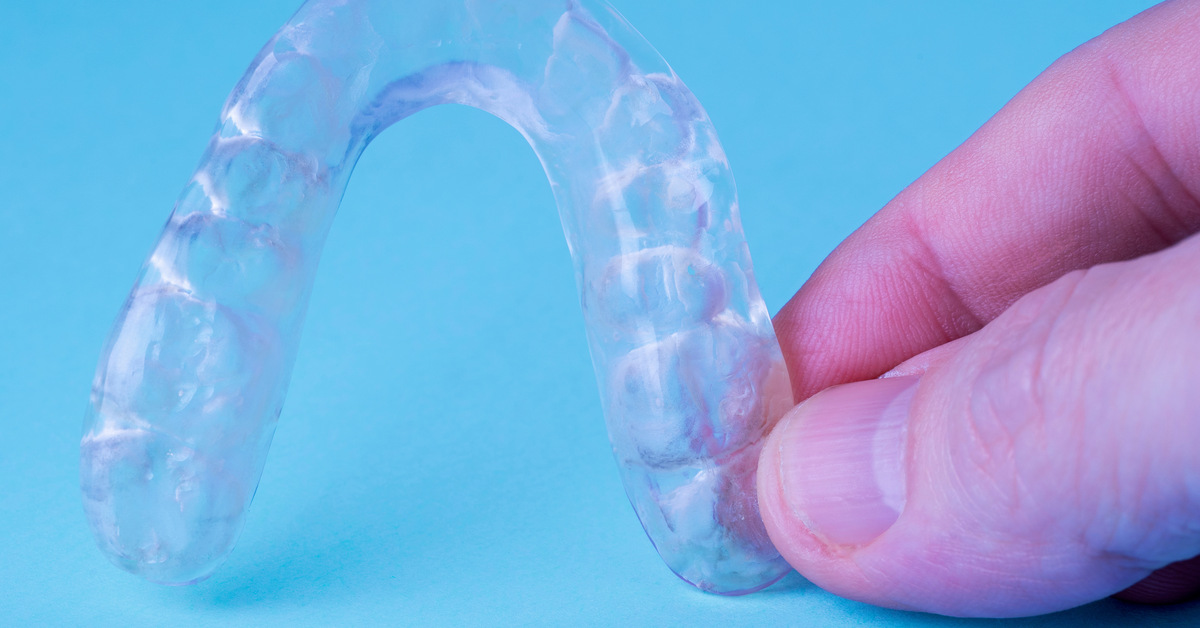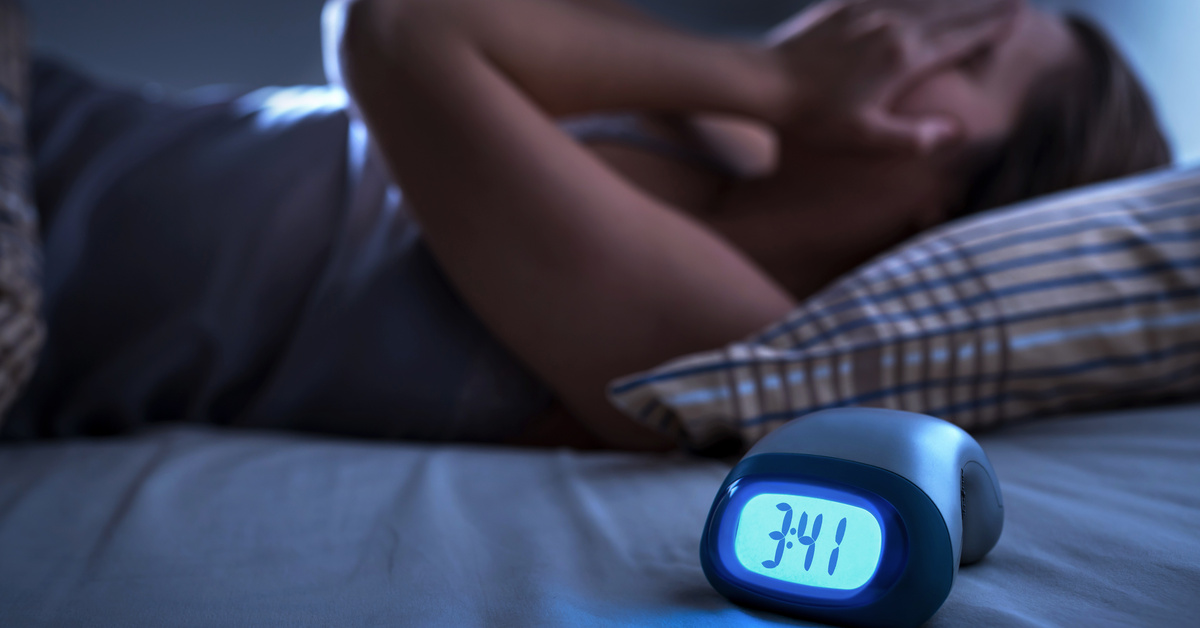
Today, millions of people worldwide are diagnosed with the condition of sleep apnea, which causes partial or complete blockages in the airway as they sleep, causing interruptions in their slumber. This can leave them feeling exhausted, even after a full night’s rest. Although many rely on continuous positive airway pressure (CPAP) machines to treat this condition, you may wonder, “Can orthodontic treatments help with sleep apnea?” Read on to learn the answer so that you can experience relief and better overall health.
How Sleep Apnea Can Affect Your Life
Before answering this question, it is important to discuss sleep apnea and its effects, which can ripple throughout every aspect of daily life. The most common type of sleep apnea is obstructive sleep apnea, which causes the throat muscles to relax during sleep. This causes an individual to stop breathing and wake up.
Over time, the fatigue caused by this condition can lead to frequent mood changes, difficulties in focusing, and even mental health challenges like depression or anxiety. In addition, the condition physically puts people at greater risk of heart disease, hypertension, stroke, and Type 2 diabetes.
Constant interruptions in breathing challenge the cardiovascular system and place excessive strain on the heart and brain. These health issues, compounded with the decreased quality of life due to sleeplessness, make sleep apnea more serious than a simple nighttime disturbance. Addressing the issue early is crucial to minimize long-term complications.
How Orthodontic Treatments Can Help
When it comes to the question of whether orthodontic treatments can help with sleep apnea, the answer is “yes.” Orthodontic treatments have expanded significantly in their applications, growing beyond addressing alignment and bite-related issues.
By reshaping and repositioning structures within the mouth, orthodontics can improve airflow, contributing to improved breathing during sleep. Read on to learn about several different treatments that demonstrate how dental care professionals contribute to sleep apnea interventions.
Palate Expanders

One orthodontic treatment that can help manage symptoms of sleep apnea is the use of palate expanders that widen the upper jaw, creating additional space within the oral cavity and nasal cavity. This expansion increases airflow in the nasal passages, addressing one of the common causes of sleep apnea. Dental practitioners will often use this option to treat children whose bones are still growing.
Adults can also benefit from this option. Every millimeter of expanded space matters when it comes to improving breathing. Using palate expanders focuses on long-term results by creating permanent structural changes that maintain improved airflow.
However, the benefits of using a palate expander can go beyond resolving the symptoms of sleep apnea. This treatment also aligns the dental arches and ensures proper spacing for teeth. The result simultaneously contributes to better orthodontic health and easier breathing during sleep.
Mandibular Advancement Splints
Another orthodontic treatment is a mandibular advancement splint, which helps reposition the lower jaw while sleeping. These devices work by gently pushing the jaw forward.
This non-invasive and effective treatment option has become popular, particularly among patients unable to tolerate CPAP machines. Once the lower jaw moves into the proper position, the airway opens up, improving airflow and therefore reducing interruptions to sleep.
Braces
People don’t normally associate traditional braces with resolving sleep apnea, but they can play a crucial role when irregular dental alignment or structural issues contribute to breathing problems. Misaligned teeth or improperly positioned upper and lower jaws can contribute to narrow airways, obstructing proper airflow.
Braces straighten teeth and adjust bite relationships, which may indirectly improve the anatomical space necessary for uninterrupted breathing. This is particularly useful for younger patients whose dental development impacts impacts their airway development.
Addressing sleep apnea symptoms, while also enhancing dental alignment, highlights the multi-faceted applications that braces provide in orthodontic care. Over time, this comprehensive approach supports both improved oral health and enhanced overall wellness.
Clear Aligners
A modern alternative to braces, clear aligners offer similar benefits in adjusting tooth alignment and creating additional oral space. Their custom trays apply targeted pressure to reposition teeth, without requiring an extensive apparatus.
Clear aligners appeal to those seeking discreet treatment solutions. Their transparent design provides wearers with the benefits of orthodontic treatment, which may improve airflow and reduce sleep apnea symptoms. Additionally, clear aligners are removable. This makes maintaining oral hygiene significantly easier than traditional braces, where you must clean around the brackets that are bonded to your teeth.
The flexibility and adaptability of clear aligners make them ideal for patients balancing treatment with professional and personal responsibilities. This modern treatment integrates advanced technology and imaging systems, enabling precise adjustments to tooth positioning that maximize outcomes.

Common Symptoms of Sleep Apnea
Now that you are familiar with the different types of treatment, we can review several sleep apnea symptoms. One of the most common signs is loud, persistent snoring, as well as gasping or choking sounds that occur during sleep. These episodes, which often go unnoticed by the individual, interrupt both the sleeper’s rest and that of anyone nearby.
Frequent waking during the night due to difficulty breathing is another red flag. People often report waking up with dry mouth, a sore throat, or headaches. Memory issues are also common, as sleep deprivation affects cognitive functions. Sleepiness during the day and irritability indicate that the body isn’t getting the quality rest it requires.
If symptoms like these persist, they may signal the presence of obstructive sleep apnea, requiring medical attention. Once identified, treatment options—including orthodontic interventions—can work to reduce symptoms and help improve health.
Addressing sleep apnea requires an approach tailored to individual circumstances. Orthodontic treatments add to the available options for mitigating symptoms, offering innovative and comfortable solutions.
If you are experiencing the symptoms listed above, consider consulting with your primary care physician, an ear, nose, and throat doctor (ENT), and an orthodontist experienced in addressing airway-specific concerns. Early evaluation and targeted treatments make a remarkable difference for patients dealing with this condition.
Those looking for an orthodontist in Albany, Oregon, who can provide such expertise should make an appointment with Pinnacle Dental Associates immediately. We can assess your symptoms and refer you to an appropriate specialist. We also offer SureSmile clear aligners, which can also keep your mouth comfortable as they straighten your teeth.
